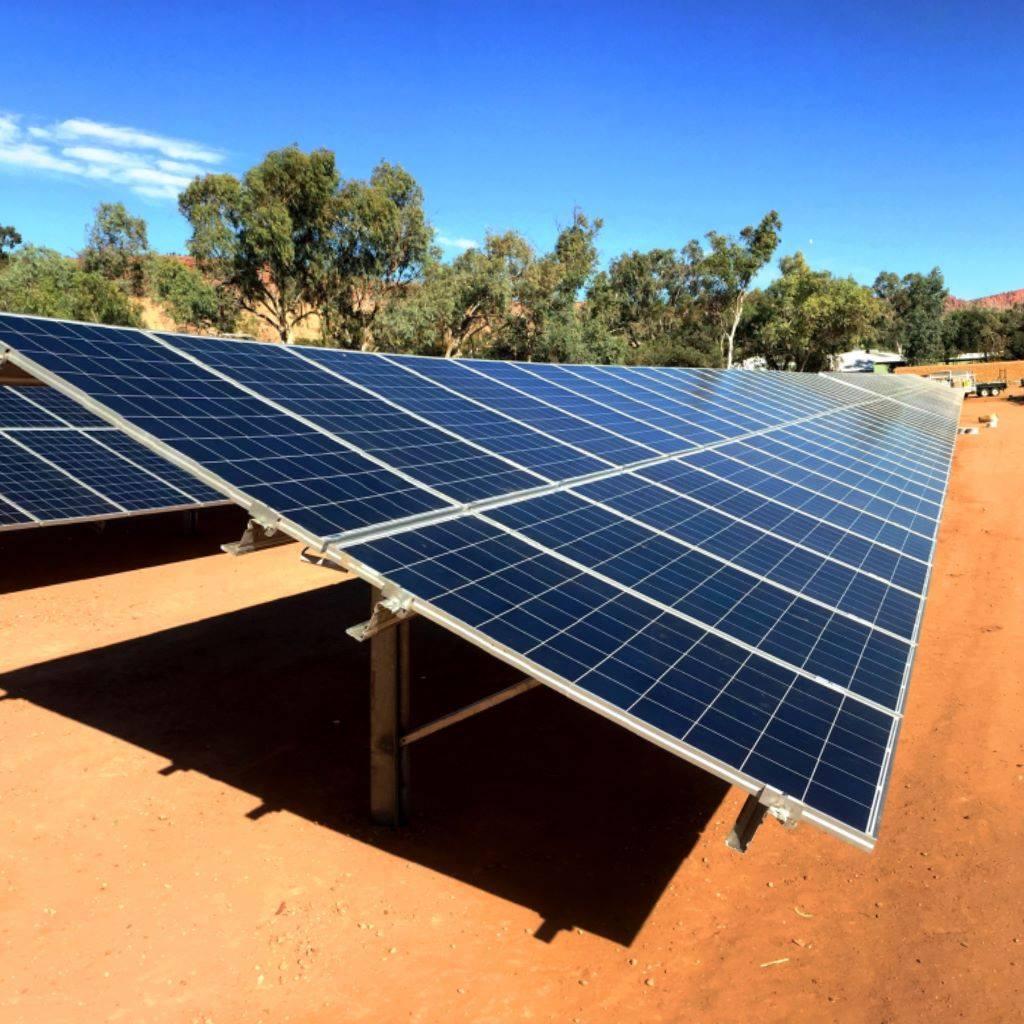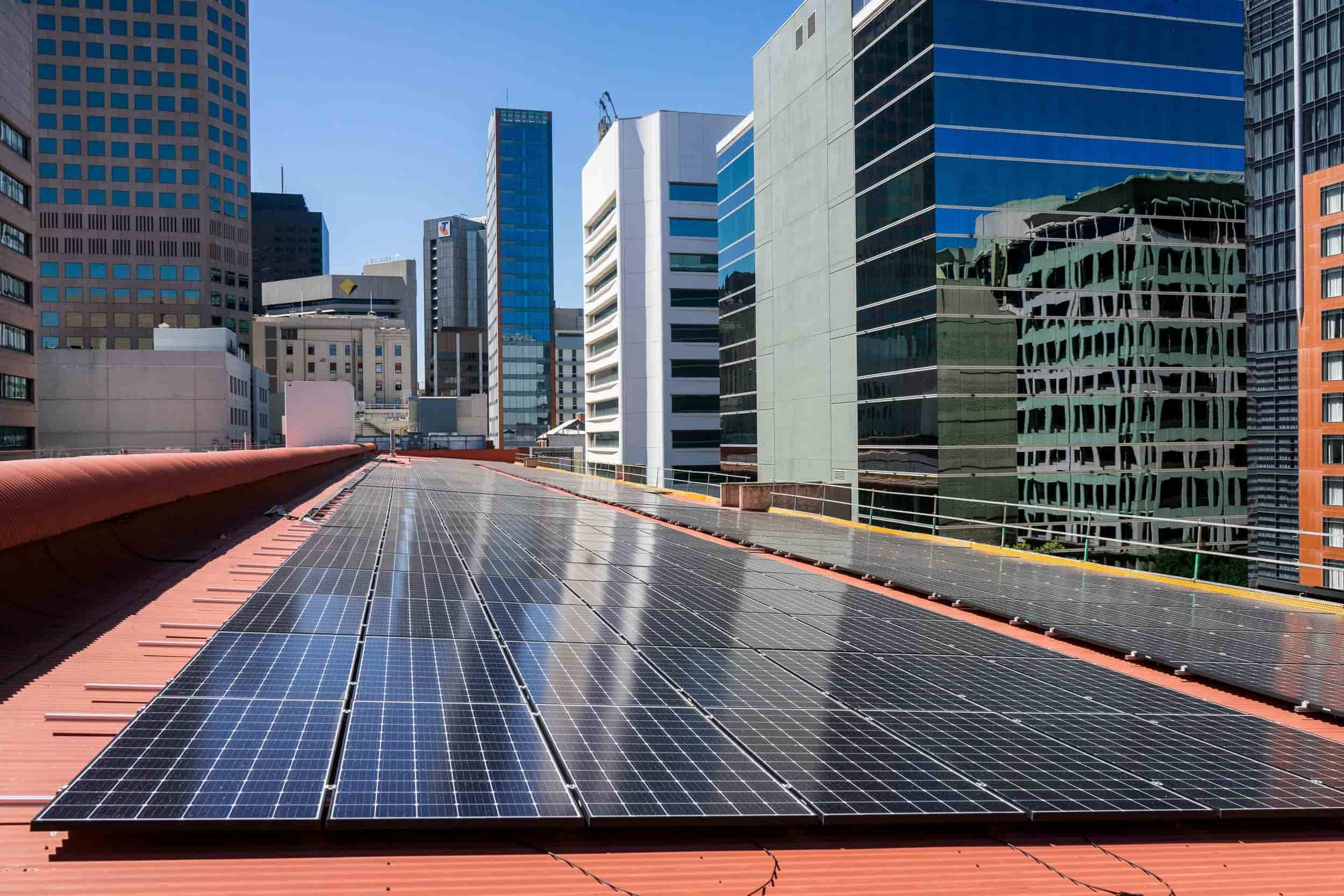Australia’s urban centres are undergoing a quiet revolution as architects and engineers rethink how solar panels can be seamlessly woven into the urban fabric of large cities. This approach goes beyond energy generation as it transforms rooftops, façades and even windows into components of a sustainable infrastructure vision.
Design challenges and innovations
Unlike rural or remote settings, cityscapes come with complex building forms, limited roof space, and aesthetic requirements that cannot be overlooked. In Australia, engineers and architects are developing creative solutions to incorporate solar technology without compromising design and functionality.
One common issue is the irregularity of urban rooftops. Older buildings were not designed with renewable energy in mind, meaning that available space can be fragmented or oriented in non-optimal ways for solar capture. To address this, professionals use detailed site assessments and modelling to determine the best locations for panel installation. Advanced software and field measurements help predict solar yield even when panels must be mounted on uneven or shaded surfaces.
Another key innovation is the development of building-integrated photovoltaics (BIPV). Rather than installing panels as an afterthought, BIPV involves incorporating photovoltaic materials directly into building components. Some modern office buildings now feature glass façades with embedded solar cells. This method generates electricity and also contributes to the building’s overall aesthetic appeal.
Australian Renewable Energy Agency (ARENA) supports research into building-integrated photovoltaics (BIPV) as part of its broader efforts to enhance solar PV adoption in Australia. The International Energy Agency’s Photovoltaic Power Systems Programme (IEA PVPS) has explored the practical and economic aspects of BIPV globally, including discussions relevant to Australian urban settings.
Benefits of solar integration in urban environments
Australia’s Solar Cities programme has showcased sustainable energy solutions in urban areas since 2007 by integrating solar power with smart meters and energy conservation measures. Cities like Adelaide and Alice Springs have benefitted from large-scale installations, community engagement campaigns and innovative pricing models that encourage renewable adoption.

Integrating solar panels into urban landscapes offers several advantages that go well beyond generating renewable energy. One of the most significant benefits is the reduction in a building’s carbon footprint. Urban areas are major contributors to greenhouse gas emissions, and by generating power onsite, buildings can decrease their reliance on fossil fuels. This is especially important in Australia, where cities are working to meet national and international sustainability targets.
From an economic perspective, solar installations can reduce energy bills and provide long-term savings. In Australia, government incentives and rebates further support the return on investment for commercial buildings. These financial benefits have encouraged many building owners to consider solar integration as a viable investment in future-proofing their assets. Government programmes like the Small-scale Renewable Energy Scheme (SRES) offer financial incentives through tradable certificates. Reducing upfront costs for solar installations encourages widespread adoption in urban areas.
Urban design and environmental impact
Beyond energy and economic benefits, solar panels can also contribute to the visual and environmental quality of urban spaces. Modern panels are sleek and low-profile, allowing them to blend with building designs. For example, glass façades with embedded photovoltaics demonstrate how solar panels can blend seamlessly into architectural designs while maintaining functionality. When integrated thoughtfully, these systems can add a futuristic edge to older buildings, revitalising cityscapes and signalling a commitment to sustainability.
Another notable benefit is the improved urban microclimate. Solar panels reduce rooftop heat absorption, contributing to localised temperature moderation. Studies in Sydney show that extensive solar deployment can lower summer maximum temperatures by up to 1°C, offering modest relief from the urban heat island effect. By moderating temperatures, solar panels can contribute to a more comfortable urban environment.
Urban solar isn’t a trend — it’s a response. As Australian cities tighten, rise, and heat up, architects and engineers are integrating solar technology into building design with greater intent. This isn’t about putting panels on cities. It’s about building cities with them.
Engineering is everywhere
Engineering shapes our world, influencing every aspect of our lives: housing, transport, food and drink, technology and communication, art and entertainment, the news media, health, education, finance, and more. Follow this blog series as we continue to explore.
